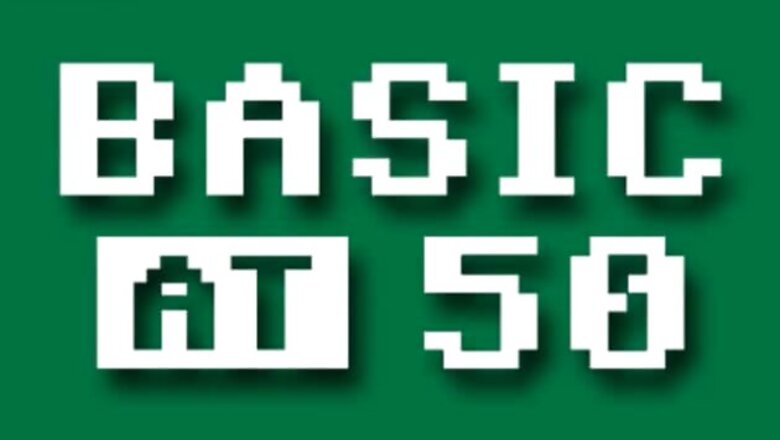
views
New Delhi: 50 years ago, BASIC - the computer programming language - was invented Dartmouth College, Hanover, USA. Short for Beginners' All-purpose Symbolic Instruction Code, BASIC was the brainchild of two Dartmouth mathematicians, Thomas Kurtz and John Kemeny.
At 4 AM on May 1, 1964, Kemeny and a student programmer simultaneously typed "RUN" on neighbouring terminals, executing the first commands of what would become the world's most widely-used computer language.
When they both got back correct answers to their simple programs, timesharing and BASIC were born. Timesharing allowed more than one person to work on a comptuer at a time.
Their innovations made computing accessible first to Dartmouth students and faculty, and soon after, to people across the world. BASIC revolutionised computer programming for the non-experts using simple English words.
15 statement types in the original BASIC computer programming language
LET Introduces the assignment statement, and is required
PRINT Provides free-form output
END Is required
READ Assigns values to variables from internal data
DATA Introduces internal data
GOTO Does just that, transfers to another line-numbered statement
IF Gives a conditional GOTO
FOR Introduces the looping construct
NEXT Terminates the looping construct
GOSUB Does a GOTO to a subroutine
RETURN Returns from the end of the subroutine
DEF Introduces programmer-defined functions
DIM Allows dimensioning arrays
REM Provides comments
STOP Same as reaching the END statement
Read the first BASIC instruction manual
####




















Comments
0 comment